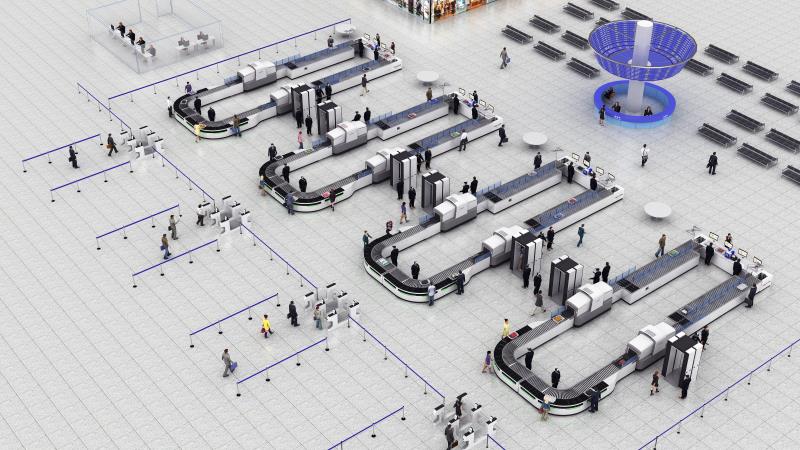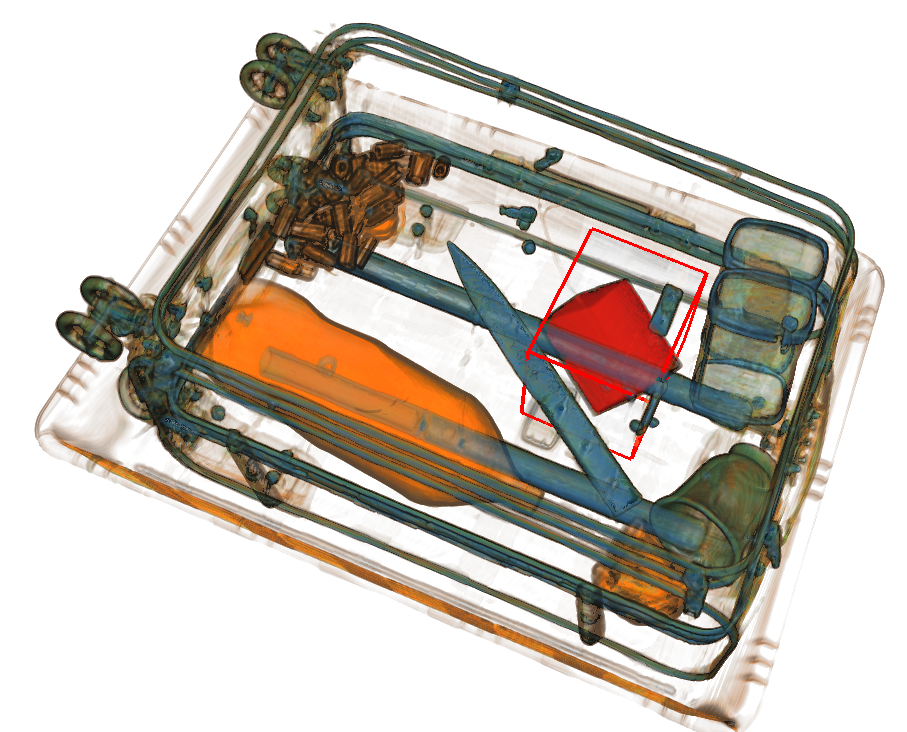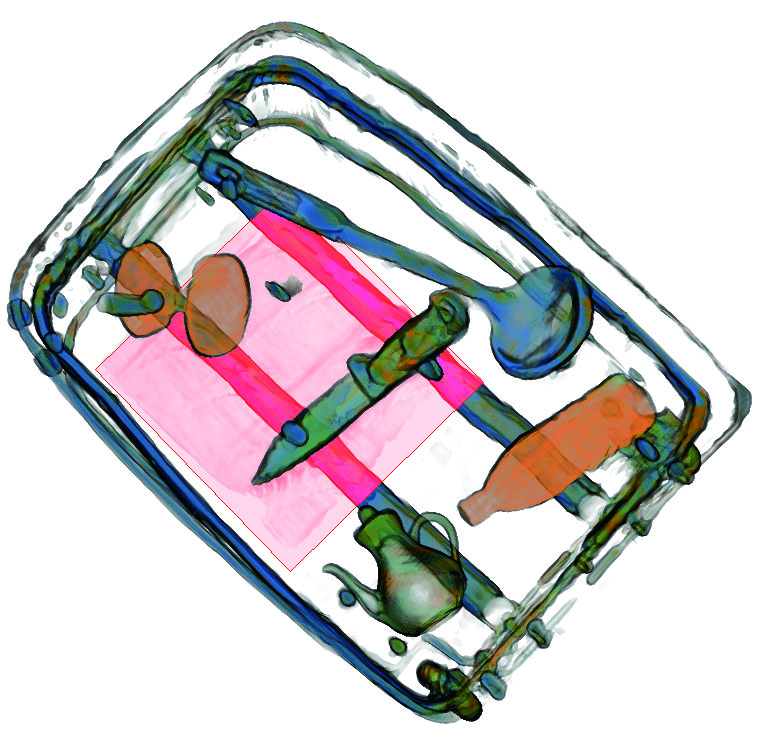As the world begins to move through the shadows of the pandemic and air transport begins to recover, it is clear that aviation will play a vital role in accelerating the economy and bringing a return to a feeling of well-being. Governments and airport operators need to rebuild the passenger’s confidence in flying again amid the COVID-19 crisis.
Just as aviation security changed in the aftermath of the 9-11 event, this crisis could lead to a paradigm shift that helps to create a safer and more secure environment. It is imperative that passengers, staff and other stakeholders have continued assurance and confidence in airports, amid and well after the pandemic. Like enhanced hygiene standards and social distancing, the measures executed in airports to fight against virus transmission will be part of the new normal until effective therapies and/or a vaccine becomes available.
Whilst much attention is directed towards health and safety, aviation security can never be compromised. Crime and terrorism did not go away. Given that social distancing is the new normal and COVID-19 is changing the interactions between people, the appropriate technologies might be in place to help airports to improve security effectiveness, enhance operational efficiencies and boost passenger confidence for air travel.
Technology has always been a key part of the security implementation for airports. Innovation in passenger and baggage screening technologies, such as the millimeter-wave body scanner, checkpoint CT scanner, automatic screening lane, centralized image processing and artificial intelligence, have been proven in practical use as components of ACI’s World-led Smart Security Program.

During this unprecedented pandemic, it is important that airport operators maintain the stable air travel experience and operational procedures that were in place pre-pandemic. Consistent security compliance minimizes the negative impact that occurs as a result of poor communication with passengers and staff.
Recently, passenger traffic, as a result of the impact of COVID-19 around the world, has plummeted. It provided the aviation community, including civil aviation authorities, airports, airlines and relevant security suppliers, an opportunity to explore the potential of these new technologies to make security checkpoint contactless and flexible, ready for passenger numbers pick-up in different stages of recovery, whilst effectively addressing passenger concerns on safety and aviation security.
Less divesture
There is a concern that passengers often wait in line in the baggage preparation area of checkpoint, while they pull items, including liquids, electronics, and powders, etc., out of their cabin baggage to put them into trays so they can go through X-ray systems separately. This increases the time spent at checkpoints and leads to a bottleneck of throughput, posing a challenge to keep social distancing properly. It also increases the amounts of trays used in security screening, which could increase the risk of cross infections between passengers and staff if the tray is contaminated.
CT cabin baggage screening technology with EDS CB C3 approval could be a game-changer. With its powerful detection and material discrimination of explosives, weapons and other contrabands, it can allow passengers to leave liquids and electronics in cabin baggage when they pass through security checkpoints. It also cuts down the time of preparation and the amounts of trays used enormously, mitigating the risk of tactile transmission of contagious disease.
When paired with an automatic screening lane, multiple paralleled stations could allow several passengers to divest themselves of their belongings at the same time, whilst observing social distancing for both passengers and staff in the lane.
Furthermore, with the more accurate image interpretation with 3D view and high-quality images, lower false alarms and speedier conveying belt, CT technology offers added benefits: it allows airport operators to enable passengers to go through the security checkpoint at a steady pace and avoid any congestion.
It is reported that Amsterdam’s Schiphol airport intended to add more CT scanners to security lanes in Departure Hall 4 and planned to wrap up the installation during the pandemic. Such CT scanners will be deployed as a significant step for short-term response to COVID-19 and long-term interest in improvements for passengers and bags processing in a checkpoint.
Targeted search
In addition to the safety and health protection of passengers and staff, it is important to reduce their face-to-face interactions and the frequency of physical bag searching in secondary inspection.
In a typical passenger screening checkpoint, passengers go through the metal detector and then a pat-down search when they cannot detect non-metal weapons, particularly with the sophisticated concealments by terrorists.
A growing number of airports around the world began adopting new passenger screening technologies such as millimeter-wave body scanners to replace metal detectors as a primary screening method. It can detect metal and non-metal items hidden beneath passenger’s clothing and mark any suspicious area on a generic sketch allowing security staff to perform targeted searches and allows for passengers to divest themselves under the close watch in special circumstances.
With the limited detection of dual-view X-ray systems at a checkpoint, frequently-occurred alarms, triggered by overlapped and cluttered contents in a bag, have to be resolved manually for clear confirmation.
A Smart Security Program, with its central image processing (CIP) which is enabled by multiplexing technology, allows security personnel at airports to carry out a direct bag search at a secondary search station. Another display screen shows security staff the image analysis results and suspicious areas highlighted with color frames for a targeted search.
Before the pandemic, many airports employed central image processing (CIP) to improve security and efficiency. It allows security staff to be located in a remote and quiet place away from the hustle and bustle of checkpoints, helping the operators to better focus and deliver quicker and more accurate image analysis. During the pandemic, CIP also provides the extra benefits to ensure the social distancing properly observed between passengers and staff.
CIP can also offer airports flexibility and adaptability in optimizing human resources, which is crucial to mitigating the risk of operational interruption. By its nature, the scanned images generated in any lane can be collected and distributed evenly to the next available image operator. That is to say, one officer can serve multiple lanes with high productivity, ensuring operators to have the flexibility to open and close a lane depending on passenger traffic and flight schedules.

Artificial Intelligence
Technology advancements and increasing connectivity in security checkpoint provide airport operators with an intriguing opportunity to apply artificial intelligence (AI) to make security screening more secure, contactless and safer.
With the introduction of AI as an extra pair of eyes, passengers and their belongings can be screened more quickly and accurately, and to a large extent, it reduces the need to physically touch or search.
As more data is fed into AI technology, AI algorithms would be able to clear most passengers and bags automatically, allowing security staff to focus on the scanned images with alarms only. This could make the entire process smoother for most passengers. Against the backdrop of the pandemic, the need for contactless screening may accelerate the developments of AI technologies.
Looking into the future, with the roll-out of biometric-based identity verification technology in airports, AI algorithms can be harnessed by airport operators to efficiently analyze large amounts of data, including tickets, scanned images, identity verification, etc., ensuring more efficient, effective and accurate passenger risk assessments.
Given that the majority of passengers pose no risk to aviation security, AI can be effective in enabling a risk-based security system, optimizing the security screening resources commensurate with passengers’ risk assessments. It would provide operators with the ability to shift more attention to the high-risk passengers, or those with little or no information available.
By bringing together the millimeter-wave body scanner, checkpoint CT scanner, automatic screening lane, centralized image processing and AI technology into a comprehensive and integrated checkpoint, we will move towards the future vision of a contactless security checkpoint. It would support the restart and recovery of global air travel in a safe and secure way by minimizing the health risk to passengers and staff whilst strengthening confidence among the passengers.
About the contributor
 Professor Zhiqiang CHEN is CEO, President and Chairman of NUCTECH. Founded by a group of physicians in 1997, NUCTECH was an offshoot of China’s Prestigious Tsinghua University. Joined by a team of PhDs and field-leading scientists, engineers, and software developers, NUCTECH has successfully transformed theories into cutting-edge security scanners and solutions. As a leading supplier around the world, NUCTECH equipment is installed in more than 170 countries and regions.
Professor Zhiqiang CHEN is CEO, President and Chairman of NUCTECH. Founded by a group of physicians in 1997, NUCTECH was an offshoot of China’s Prestigious Tsinghua University. Joined by a team of PhDs and field-leading scientists, engineers, and software developers, NUCTECH has successfully transformed theories into cutting-edge security scanners and solutions. As a leading supplier around the world, NUCTECH equipment is installed in more than 170 countries and regions.

